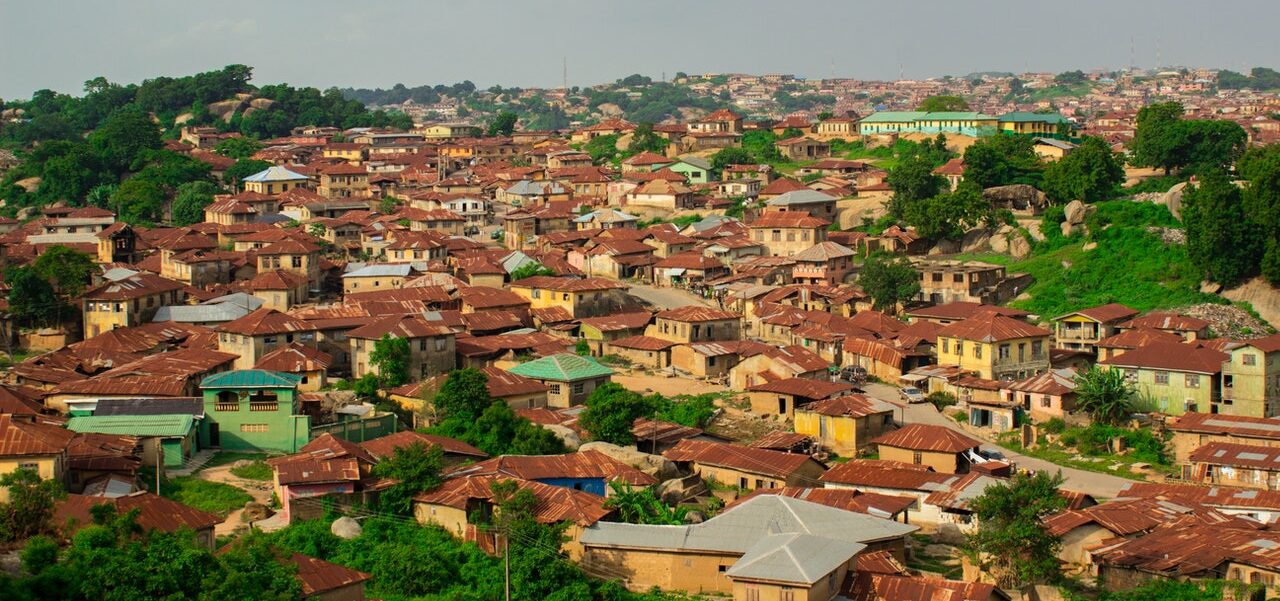
New conflicts despite independence
After gaining independence from Great Britain in October 1960, the situation in Nigeria was similar to this of other former colonial states: An end to colonial rule did not mean the end of oppression and exclusion, but the beginning of new conflicts. Weak governance, whose policies led to “structural inequality”, mass poverty and unemployment, provided the basis for religious, ethnic, and intercommunal conflicts[1]/[2], which characterize the country’s ongoing phase of governmental reorganization. Today, Africa’s most populous country, bordering to Benin, Cameroon, Niger and Chad, resembles a patchwork of an increasingly confusing number of political actors.
Relevance of intercommunal violence in Nigeria
Among the 23 Nigerian conflicts we are currently monitoring at MBI CONIAS, Boko Haram, the Islamic State’s West African Province (ISWAP) and, increasingly, the Fulani herdsmen are probably the violent actors most present in the media. Far from the world’s public eye, intercommunal violence is completely underestimated. Intercommunal violence includes violent conflicts between residents of two villages or communities - mostly referred to as being communal militias.[3] The most common conflict triggers are land and local power disputes, direct attacks, (attempted) kidnappings and looting. Consequently, there are frequent skirmishes with state security forces and the military when they intervene to prevent kidnappings and militias from expanding their operational activities territorially. While we observed violent measures sporadically until 2019, the willingness to use violence is increasing nationwide since March 2020 – except for the counties of Kano and Ondo. The states most affected by the violence are Benue, Kaduna, Katsina, Niger, Sokoto, Taraba and Zamfara.
War in Kaduna und Zamfara
Based on the MBI CONIAS indicators, intercommunal violence represents a violent crisis for most of the affected states. In Kaduna and Zamfara, which border on each other in north-western Nigeria[4], the government has been trying to contain the increasing number of abductions and the spread of violence since September 2020 by increasingly deploying soldiers and conducting airstrikes. As a result, the violent crisis escalated to a (limited) war. While Kaduna communal militias operate territorially bounded, militias from Zamfara have been fleeing to the neighboring states of Katsina, Niger and Sokoto since September 2021 in response to a military offensive launched against them.[5]
The presented conflict has shown that the Nigerian government will play a decisive role in the future development of the country’s political risk. On the one hand, Nigeria’s weak governance means that it does not have sufficient assertiveness to significantly reduce domestic violence. On the other hand, the case of Zamfara state illustrates that large-scale military operations increase the likelihood of spill-overs of violence not only within but also across states. For more information on how you can leverage our knowledge to best prepare and hedge your business against various political risks, please contact our sales team.
A global comparison of countries has shown that intercommunal violence is by no means a phenomenon only occurring in Nigeria. In numerous countries in African and South Asia, this kind of intrastate conflict has existed for decades. Occasionally, land disputes can also be observed in Peru. Intercommunal violence is of high relevance, and should not be underestimated, since it is associated with the risk of a loss of power by the state leadership that spreads within the country.
With a differentiated analysis of political actors and their (non-) violent actions, we can assess future conflict dynamics and brief our customers on risks that could possibly affect their businesses at an early state.
About the author:
Sarah Pauly
CONIAS Risk Intelligence
Michael Bauer International GmbH
Sources:
[1] Salawu, B. (2010): Ethno-Religious Conflicts in Nigeria: Causal Analysis and Proposals for New Management Strategies, in: European Journal of Social Sciences, Vol. 13, No. 3, S. 348, [online] https://gisf.ngo/wp-content/uploads/2014/09/0071-Salawu-2010-Nigeria-ethno-religious-conflict.pdf [22.11.2021].
[2] Okoi, Ibiang O. (2020): Impact Assessment of Ethno-Religious Conflicts on National Integration in Nigeria since Indepence, in: GNOSI: An Interdisciplinary Journal of Human Theory and Praxis, Vol. 3, No. 3, S. 174, [online] http://gnosijournal.com/index.php/gnosi/article/view/142/161 [22.11.2021].
[3] Brosché, Johan (2015): Causes of Communal Conflicts – Government Bias, Elites, and Conditions for Cooperation, Stockholm: The Expert Group for Aid Studies, S. 4, [online] https://uu.diva-portal.org/smash/get/diva2:899332/FULLTEXT01.pdf [22.11.2021].
[4] https://www.actualitix.com/wp-content/uploads/2018/01/carte-regions-nigeria-1024x785.jpg [22.11.2021].
[5] https://pmnewsnigeria.com/2021/09/06/war-in-zamfara-nigeria-mounts-air-land-offensive-against-bandits-many-killed/ [26.11.2021].


